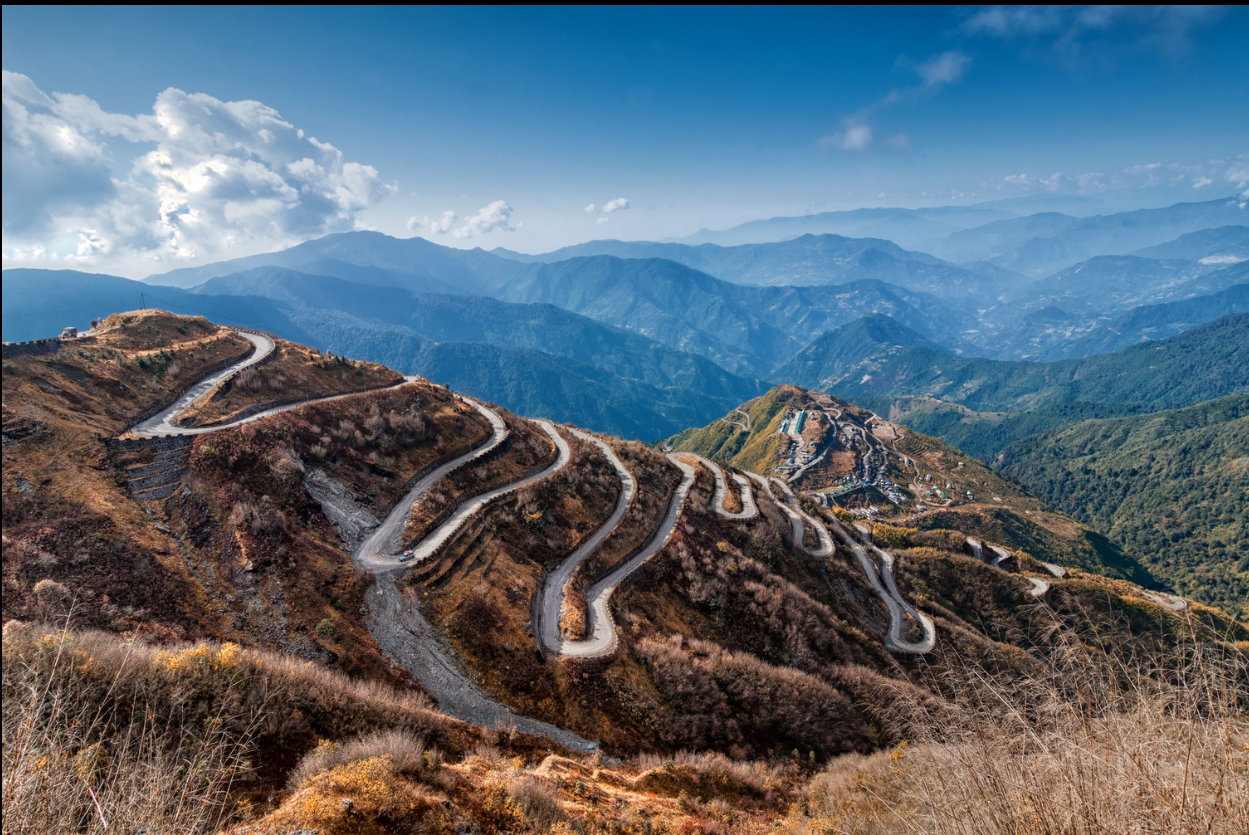The Silk Road
is one of the most famous trade routes in the history of mankind. The route extended over thousands of kilometers from China in the east to Europe in the west. It was created by the Chinese more than 2,000 years ago and served as an important connection between the east and the west.
The Silk Road was not only used for the trade of silk, although the name of the route suggests it. In fact, many goods were transported on the route, including spices, gold, precious stones, perfumes, porcelain, and even slaves. An important aspect of the trade was the exchange of ideas and technologies between different cultures.
The route consisted of many different branches and paths that stretched across the Asian continent. One of the most well-known branches was the one that originated from China and went through Central Asia, Iran, and into the Middle East. From there, the route further branched out into Europe.
During its heyday from the 2nd century BC to the 14th century, the Silk Road was an important trade route that influenced the economies of many countries around the world. It promoted trade between China, India, Persia, Arabia, Byzantium, and Europe, and contributed to the spread of technologies, religions, and ideas.
However, the Silk Road was also a place of conflict and political disputes. Especially between China and its northern neighbors, there were repeated conflicts over control of the route.
In the 15th century, the Silk Road lost its importance as trade over the sea became more effective and European sailors discovered new trade routes. Nevertheless, the Silk Road remains an important historical heritage and a symbol of exchange and cooperation between different cultures.
In recent decades, the Silk Road has regained importance as China intensified its efforts to promote trade and cooperation with other countries along the ancient route. In 2013, the Chinese government launched the "One Belt, One Road" project, also known as the "New Silk Road Initiative", to promote the expansion of trade relations and infrastructure along the ancient Silk Road.
The project includes the construction of roads, railways, ports, and other infrastructure projects in countries along the ancient Silk Road to promote trade and economic cooperation. It has the potential to promote economic development in many countries and facilitate the integration of countries in Asia, Europe, and Africa.
However, the project is not without criticism. Some argue that it is an attempt by China to expand its political and economic power in the region and that it could contribute to countries losing their sovereignty or becoming dependent on China. Others criticize that the project is not sufficiently environmentally friendly and could have negative impacts on local communities and the environment.
Despite this criticism, the Silk Road remains a fascinating historical legacy and an important part of human history. It shows us how trade and cooperation can help promote and strengthen relationships between different cultures and countries.
The Silk Road has also had a great influence on art, culture, and science. During trade, not only goods were exchanged, but also ideas and knowledge. For example, knowledge about papermaking and printing techniques spread from China to Europe. Religions such as Buddhism and Islam were also spread along the Silk Road.
The Silk Road has also played an important role in art. For example, artworks and crafts were transported along the Silk Road and influenced by different cultures. One example is Chinese silk painting, which was influenced by Persian miniature paintings.
The Silk Road has also produced a rich history of cultures and civilizations that existed along the route. The cities along the Silk Road were important hubs for trade and culture. Cities like Samarkand in Uzbekistan and Kashgar in China are still well-preserved today and attract tourists from all over the world.
Overall, the Silk Road remains an important part of human history and a symbol of exchange and cooperation between different cultures. The Silk Road has not only influenced trade and the economy, but also art, culture, and science. Although the route is no longer as important today as it was in the past, it remains a fascinating historical legacy and a source of inspiration for the future.
Copyright Tie Solution GmbH

